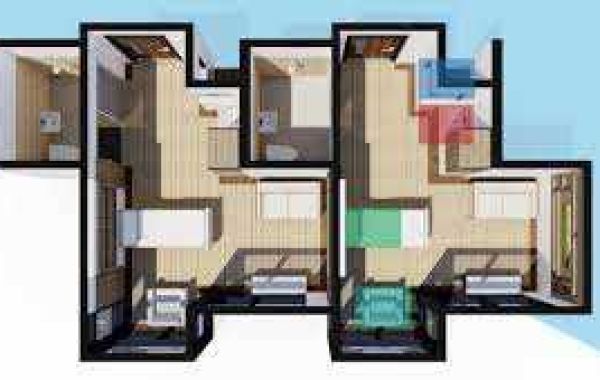Arranging furniture can be a daunting task. When faced with an empty room, filling it in a functional and aesthetically pleasing way can seem like a daunting task. But over the years, interior designers have recognized a number of simple, easy-to-apply principles that work. Just follow these common sense rules and you'll find that arranging furniture isn't so scary after all.
Choose a hotspot
Never underestimate the power of a focal point in a room. Sometimes they appear naturally, such as if you have a window sill or a built-in fireplace mantel, while other times you may need to create them yourself, such as on TV stands and televisions. Whatever focal point you choose, make a decision and stick to it. You'll want to arrange the furniture around it as much as possible.
Don't push furniture against the walls
Room measurements will determine how far you can pull your furniture away from the walls, but even in a small space, you'll want to give the pieces a little breathing room by allowing a few inches between the backs of the furniture and the walls. Despite popular belief, such a small space can make rooms appear larger. Of course, if you have more space, feel free to arrange the furniture so that conversation areas are created in the middle of the room, leaving several feet between the walls and the furniture.
Create conversation areas
People should naturally be able to talk to each other without having to crane their necks or shout across the room. Place couches and chairs facing each other (not necessarily straight up, but close), close enough that people can talk without raising their voices. If the room is too big, create multiple conversation areas.
Find balance when arranging furniture
Balance is always important in decorating, never more so when arranging furniture and other items in your living room. Consider the size and placement of the different pieces, and make sure you don't group all of the pieces, large or small, in one area or one side of the room, which can make the space feel a bit unbalanced and unsettling. Also, make sure there's variety in shapes—if you have straight-lined cushioned seating, for example, consider a round coffee table.
Consider the traffic flow
One of the most important things to consider when arranging furniture in any room is traffic flow. People should not trip over furniture or pass each other in the room. Make sure there are two feet (a few inches or more) between the coffee table and the sofa, and between the chairs. Create a clear path so people can walk from one end of the room to the other without difficulty.
Use appropriately sized rugs
Extend the area under the furniture—all the furniture, if you can manage it. Exposing some flooring around the edges of a room is fine, but when using an area rug, make sure it is large enough so that all the furniture in the seating arrangement fits on it. At least you want the front legs of the larger pieces to rest on the rug (the backs can be on the floor, if necessary).
TRANSLATED FROM:








